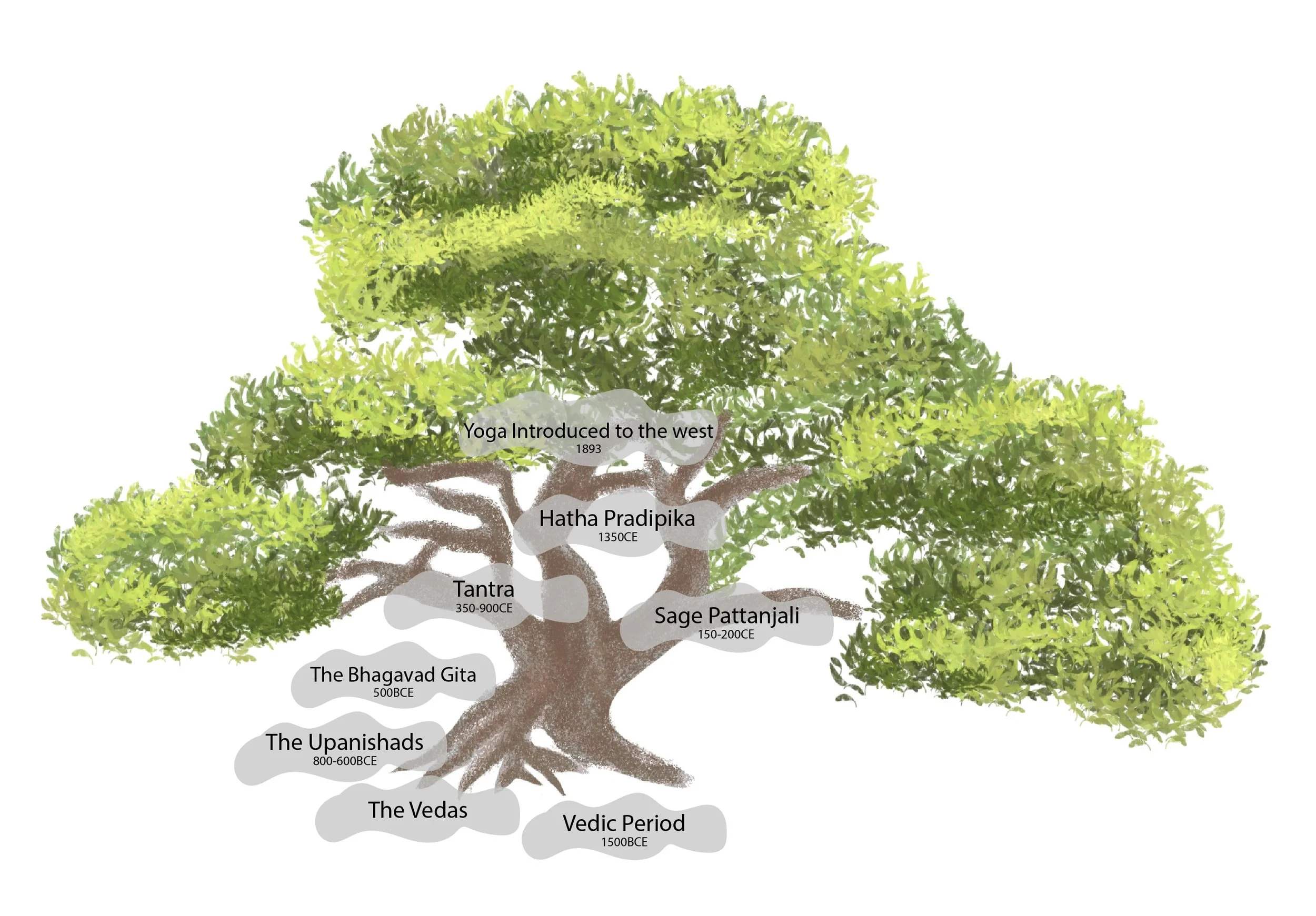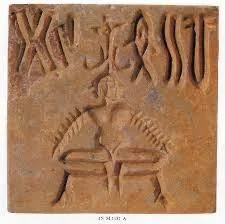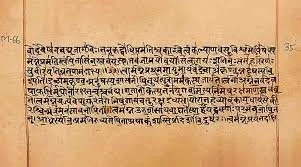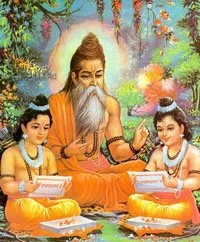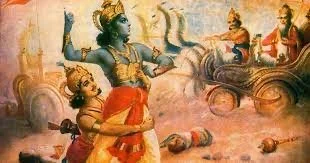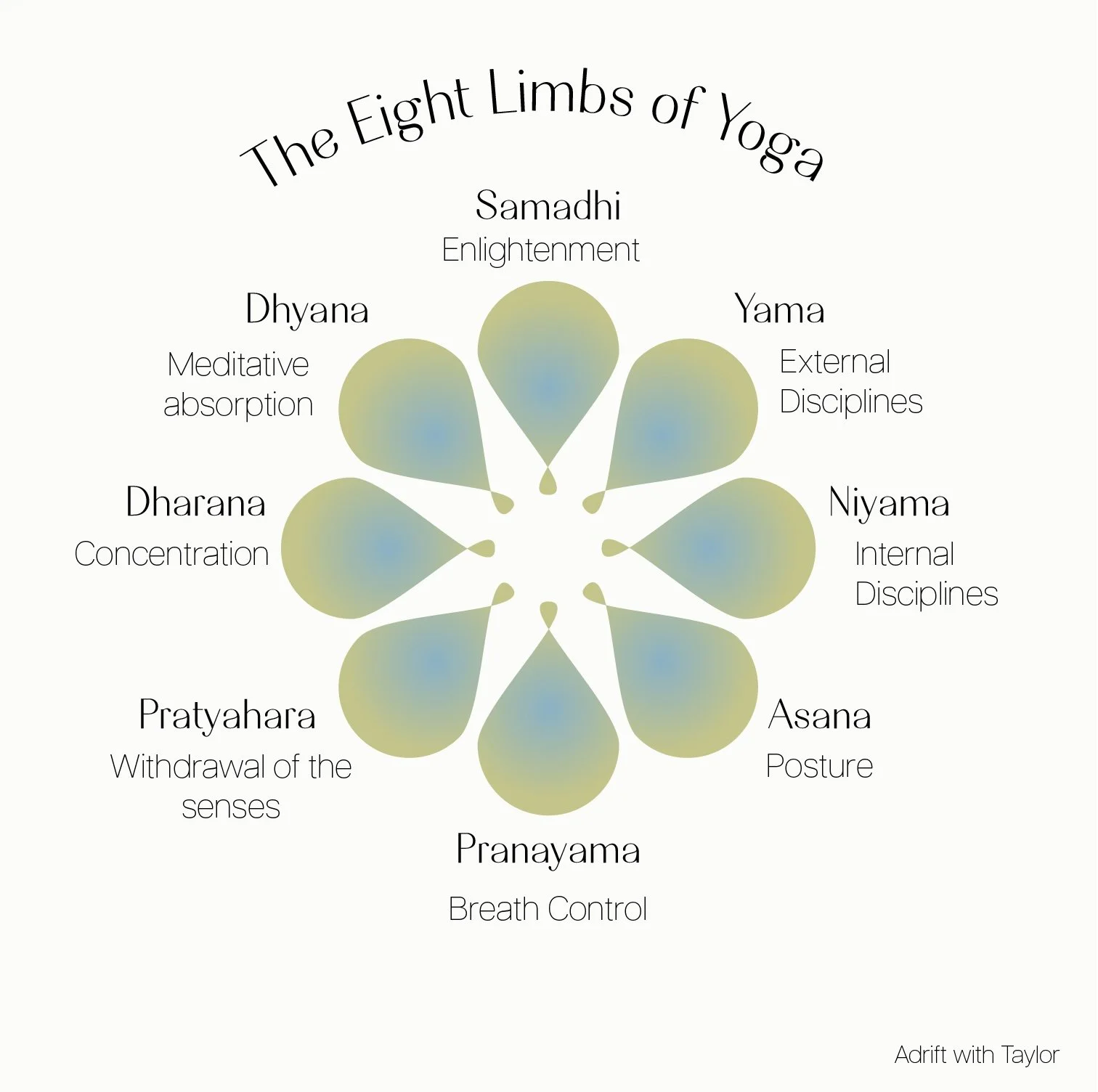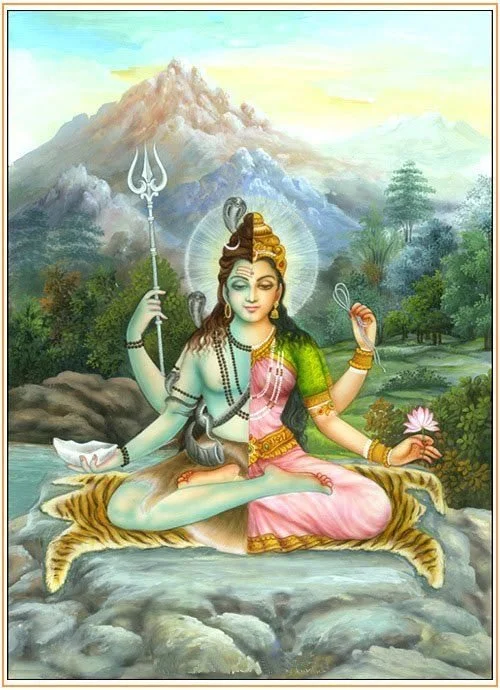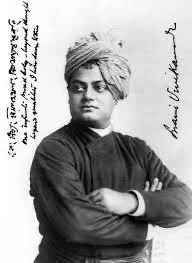The History of Yoga ~ Simplified
The history of yoga is vast and deeply complex, often referred to as a living fossil. Its origins are older than the pyramids and even Buddha, yet when we hear the word yoga we often just think of a 60 minute class in a studio, but the richness of the diverse history can add so much flavour and understanding to the astonishing practice.
Yoga is widely known to be 5000 years old, although many scholars debate it is likely to be older still. However lets just keep in mind yoga is ancient! Also, as a disclaimer, the history here is very simplified for a broad understanding, think of this as planting little seeds in the mind.
Lets begin by looking at a short timeline to familiarise us with some terms;
The Vedic Period is where we shall start our journey. All those years ago there was a civilisation today knows at the Indus civilisation (Indus-Saraswati), this intelligent and ahead of its time civilisation was the biggest of its era, with 20-30000 people inhabiting, with an extensive sewage system, agriculture, boat and trade system. It is no wonder that the same people were amongst the founders of Philosophy. It is here where 3500 seal artefacts were discovered with one depicting a yogi figure. This was a matriarchal time period and it is likely that it was a tantric time period as well although this hasn’t been proven and is just a hypothesis.
The Veda’s
From the Vedic period came the Veda’s, Veda meaning knowledge in Sanskrit. There were four books of hymns written that describe and explore philosophical thought, practices, traditions. The most notable the Rig Veda housing many insightful and powerful hymns including the Gayatri Mantra. Although the Vedas were first recorded in the ‘Vedic Period’, they were first orally taught for many many years, for how long though no one knows exactly. The Vedas are also believed to have been information passed down by ‘Gods’ or non-human beings.
4.58: Verse 11
“The whole world, is stationed in your splendour (dhâman) within the ocean, within the heart, in the life-span”
The Upanishads
Soon after came the Upanishads. This time period between 800 -500 BCE is known as the Pre-Classical Yoga era. Although in many regards the Upanishads are similar to the Vedas they stand alone in the timeline because they differ from the Vedas as a series of philosophical ideas and thoughts written by men and women that are focused on spiritual enlightenment. They are a collection of over 200 texts and where the idea and understanding of Yoga really starts to come alive. Yoga was referred to as a disciplined practice or pathway to reach liberation. It is here where two pathways in particular started to generate popularity and they were Karma Yoga; the path of action and service, and Jnana Yoga, the path of knowledge and study. It was also in the earlier Upanishads where practices of mediation were depicted and taught such as chanting Om. In one of the earlier texts the Maitrayaniya the author created a six-fold path of Yoga to reach liberation; Pranayama (controlling the breath, Pratyahara (withdrawing the senses), Dhyana (meditation), Dharana (concentration), Tarka (contemplation) and lastly Samadhi (enlightenment).
It is in the Pre-classical era of Yoga where the concept of Purusha was developed and the many names for it was explored such as consciousness, Atman, the divine, Isvara, the seer and so on, and from here came the Kosha’s, the five ‘sheaths’ of consciousness. The idea and philosophical nature of Prakrit was also explored during this time, and are to be known as many things as well, but most notably, consciousness made manifest.
The Bhagavad Gita
In 500BCE we welcome the dawn of the Bhagavad Gita, said to be the most precious gift India has given the world. The epic story is about Lord Krishna and Prince Warrior Arjuna. The story is a dialogue between the two, where Krishna is faced with an impossible choice to fight and kill others or not fight and let his people be killed, and Krishna helps to decipher the choice ahead and help Krishna fulfil his Dharma (life purpose/meaning) as a warrior. Four paths of yoga were also discussed at length, Jnana Yoga, path of knowledge, Karma Yoga, path of service, Bhakti yoga, the path of devotion, and Raja Yoga, the path of meditation. These came to be known at the Four Classical Schools of Yoga.
Patanjali
Around 150-200CE the famous and yet enigmatic philosopher Patanjali codified the concepts of yoga and form what is know as the Yoga Sutras (thread of knowledge). The sutras are 195 aphorisms that go over the way one ‘should’ live their lives, the path to enlightenment and the end of personal suffering with strict discipline, and the guidance of a guru was paramount. This was a dualistic approach to yoga one that viewed the external world and our attachment to it as the hindrance to liberation. The famous Eight Limbs of Yoga was brought to light; Yama, Niyama, Asana (note not asana as we know it today but rather a comfortable mediation seat), Pranayama, Dharana, Dhyana and Samadhi.
Tantra
From this dualistic world view, and this path of Yoga, it was really only accessible for the recluse and those who saw value in renouncing the world. This of course wasn’t suitable or even wanted by all, so came the Post-Classical Era, where Tantra became the Yoga for the lay people. Tantra began approximately around 150-500CE, it is here where a non-dualistic approach was taught and the premise of renouncing the world was instead renounced. Tantra was radical in a sense, choosing a Bhakti yoga path, devotion to the Goddess and feminine energy. Tantras view of suffering is not too dissimilar to those prior, however it does differ in the sense that much of the suffering we experience is caused by a disconnection to the world and universe; the creating and upholding of polarities.
It is through Tantra that the body wasn’t just to be kept healthy and strong for liberations sake but also to celebrate it as a temple of the divine. The body became a vehicle, a vessel, a portal. Purusha became Shiva and Prakriti became Shakti, and every experience was seen as a step towards divinity. Today Tantra is often misunderstood as Tantric sex, there were many aspects to the Tantra’s however sex was only a small part of it. Sex is viewed in tantra as a portal, a divine union and a celebration of life, divinity and creation. However many Tantras preferred other methods of reaching the same states such as visualisation and meditation.
Hatha
From this time period and reverence for the body came Hatha Yoga. This is where the Asana’s, the physical postures of yoga, that is embraced heavily today come from. Hatha Yoga first appeared around 900CE, from the Tantra principles. The word Hatha can be broken into ‘Ha’ meaning sun and ‘Tha’ meaning moon, denotes a balance and union of two ‘polarities’ as one, another definition of Hatha is ‘forceful’ suggesting that this path encompasses a lot of discipline and strength to obtain balance, union and enlightenment in this one lifetime. The path of Hatha Yoga was said to bring on magical powers and attain enlightenment but, only after the body was diligently studied, fit, subtle and free of disease. It is here where an elusive yogi name Goraksha believed to be the founder of Hatha as we know it today wrote the Hatha Pradipika which described to great detail the first 84 asanas. It is believed there are 84 million asanas.
Yoga in the West
In the 1780’s English explores visited India and the first English translations of some Vedas and The Bhagavad Gita was written and from here the philosophical teaching of the East began to penetrate the West and gathered huge interest. In 1893 a great teacher Swami Vivekananda travelled to America to teach Yoga, not about asanas but about the Raja Yoga path and it was very well received and the message caught like wildfire. So began his cross country teachings over the course of two years, he even ventured to Europe, very impressive for a someone who spoke little English and to be so captivating.
From here philosophical teachings and the Four Classical Schools of Yoga were being taught in many locations in America. Germany had began to also seek out more information about yoga, especially in the language of Sanskrit. In just the course of a few decades books began to be published, from the history of yoga, to the philosophical aspects, to tantra. The Asana’s began to be studied as well and to add evidence to the claims of Hatha Yoga. Great teachers and gurus began to show up everywhere and soon those who thought yoga was only for the spiritual and/or religious folks were showing up to the teachings as Hatha yoga began to exceed in popularity.
It was around this same time that Sri Krishnamacharya became a renowned teacher to his son T.K.V Desikachar, as well as K. Pattabhi Jois (founder of Ashtanga-Vinyasa) and B.K.S Iyengar who fathered many of the styles of yoga popular today.
The decades to follow would show great teachers arise, many forms of yoga to be born and for it to reach almost all aspects of the world. Let’s show homage to the ancient lineage, to the devotion of the teachers before us and the gifts of this practice. Yoga has never strayed from it’s true meaning, finding a state of harmony, in all its tribulations, triumphs, and translations. It has never been a one size fits all and will forever be a living fossil.
